History of Mikawachi Ware
History
Mikawachi Begins - the late 16th century
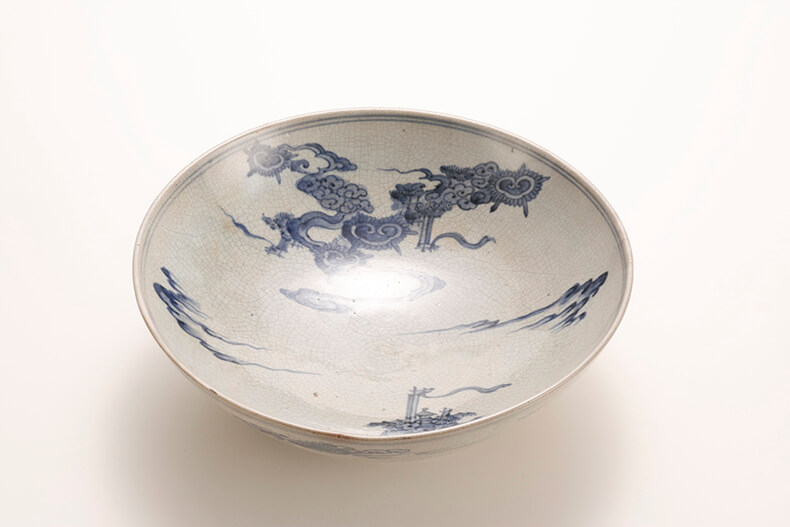
〈 Korea ― Hirado ― Mikawach〉
According to one theory, the history of Mikawachi Ware began with Toyotomi Hideyoshi’s invasions of Korea at the end of the 16th century (the Imjin War, 1592-1597). Returning to Japan from this campaign, the ruler of the Hirado Domain, Matsura Shigenobu, brought Korean potter Koseki back with him, and a kiln was founded in Nakano (today’s Hirado City, Nagasaki prefecture). This was one element in the birth of Mikawachi Ware.
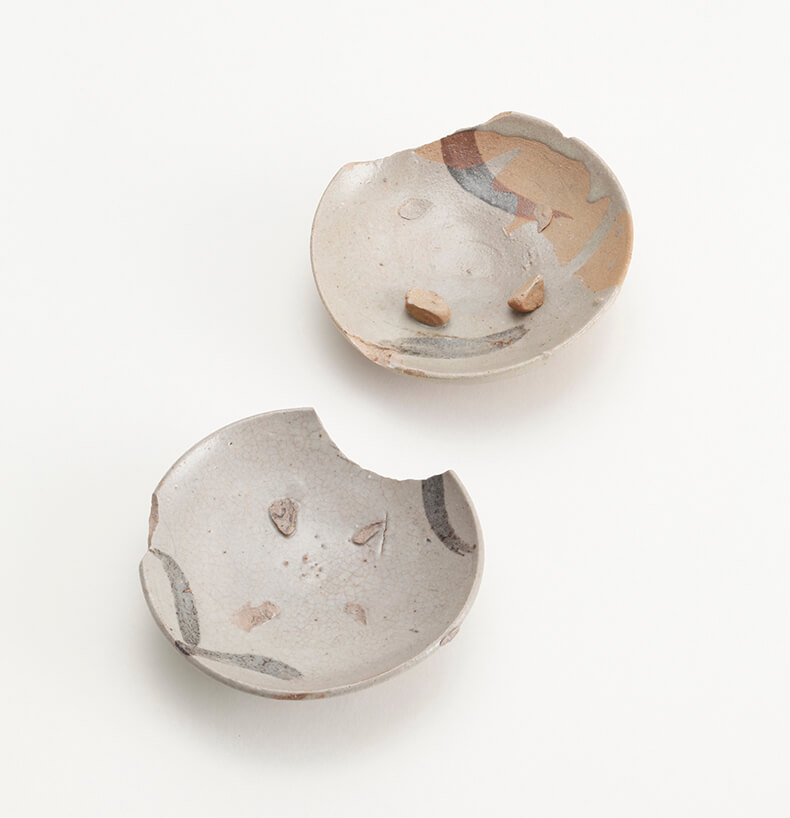
〈Korea ― Karatsu ― Mikawachi〉
Another factor was the influx of potters from Karatsu. Karatsu Ware, which sprung up in the same period in the north of Saga prefecture, developed rapidly with the arrival of potters from the Korean peninsula. Hata, the local overlord at the time, fell out of favor with Toyotomi Hideyoshi (Japan’s supreme commander) and had his land confiscated, so Karatsu potters were dispersed to other areas throughout Kyūshū. One destination where they settled was today’s Mikawachi, Sasebo City (Kihara and Enaga districts).
From the First White Vessels to Official Kiln
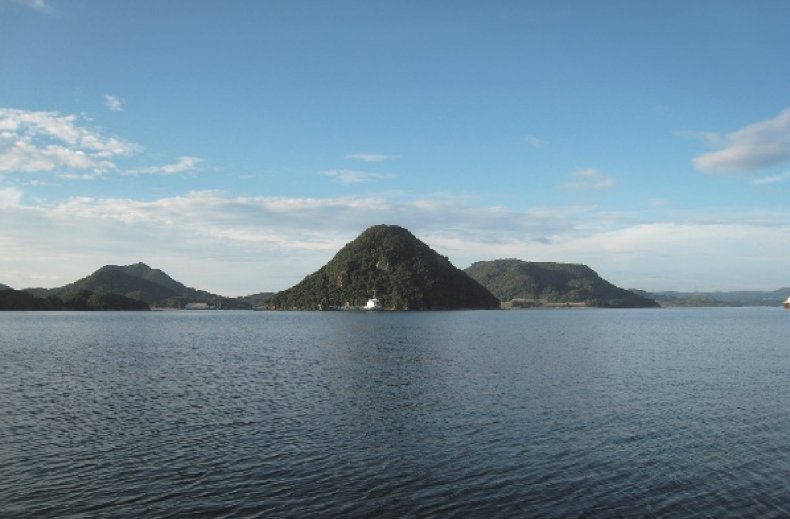
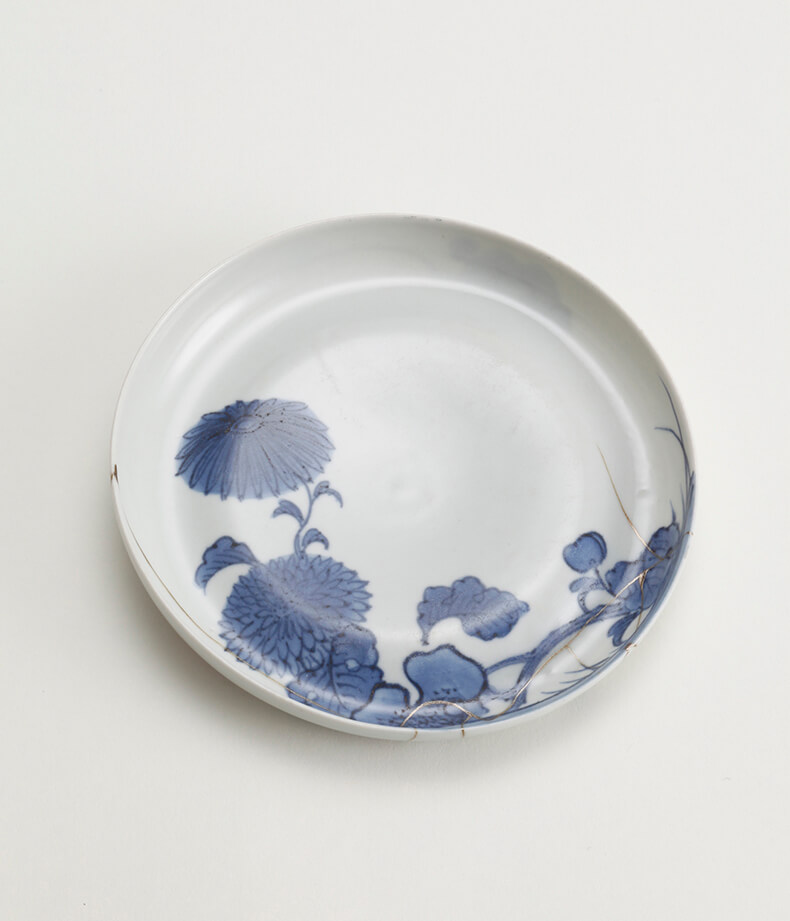
Mikawachi originally produced earthenware and other porous-clay work but switched to making white porcelain around 1640. The trigger for this occurred when Koseki’s son Imamura Sannojō discovered porcelain clay on Hario Island in 1633 (Ajiro tōseki). In 1637 the Hirado Domain appointed Sannojō as Master Potter – both the director and administrator of the pottery – and established Mikawachi as an official daimyō-sponsored kiln.
In 1650 the Hirado Domain moved all the Nakano potters to Mikawachi and its status as a daimyō-sponsored kiln was firmly established. The resulting patronage of the domain enabled Mikawachi to use high quality raw materials and advanced techniques, with the Eastern Kiln Studio and Western Kiln Studio playing the major roles.
From 1662 Sannojō’s son Imamura Yajibē (Joen) began to use Amakusa tōseki as an ingredient in the clay, and porcelain manufacture was firmly established.
It was also around this time that decorative techniques like openwork and relief sculpting emerged.
In contrast with private kilns, the generous support of the Hirado clan allowed Mikawachi to disregard profit margins and concentrate on honing elaborate workmanship. Its products were noted for their outstanding technical quality and until around 1789-1800 Mikawachi Ware was only produced for gifts, with sales strictly prohibited and production methods kept a closely guarded secret. Hiraga Gennai states in his book A Compendium of Pottery Techniques (Tōki Kufūsho, 1771) that if Mikawachi Ware had been traded in the same way as Imari and Karatsu Ware, it would surely have been in great demand from the Chinese and the Dutch.
A High Reputation for Foreign Exports
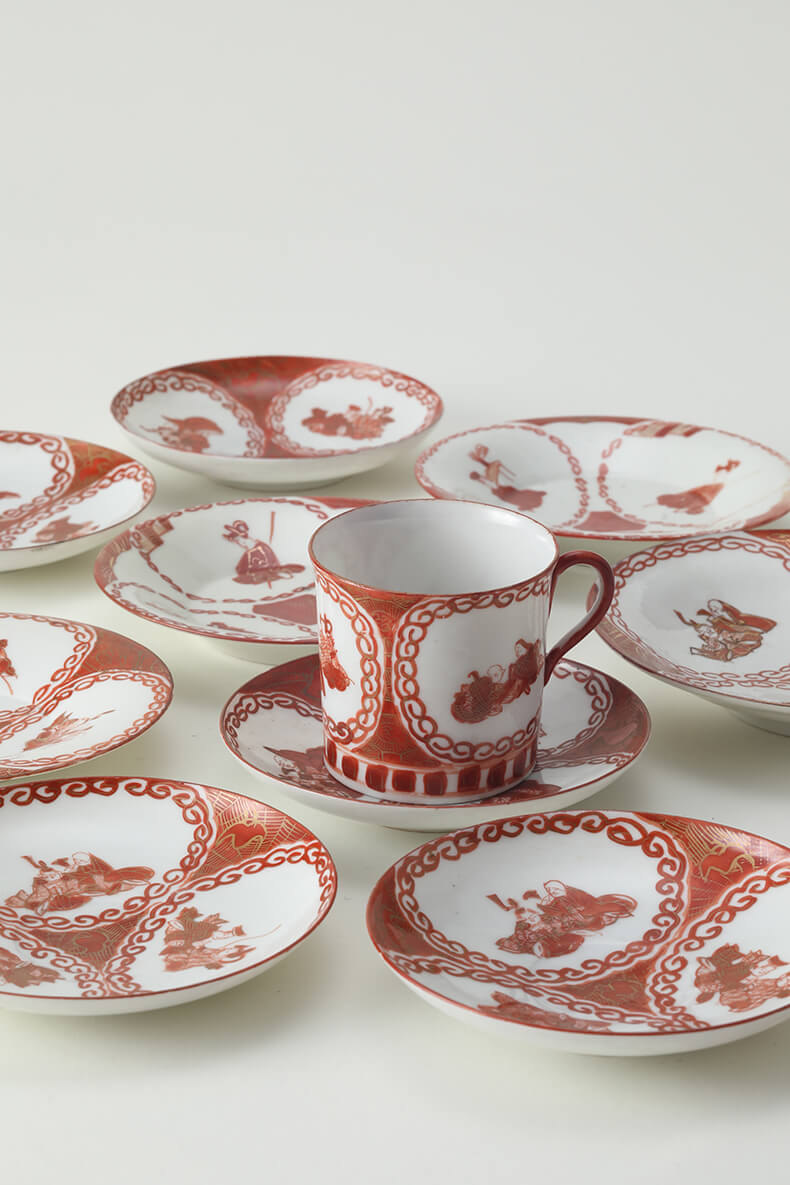
Export began around 1831. Initial export items consisted of coffee cups, unfamiliar to the Japanese. Craftsmen at Mikawachi – Ikeda Anjiro, Takahashi Heisuke, Nakazato Jutaro and Yoshikawa Shosaku – developed coffee cups and wine cups in pure white ultra-thin porcelain known as “eggshell.” These were exported together with ornaments in animal or human form called hineri zaiku (“handbuilt craftwork”) and openwork pieces. The wealthy Arita merchant, Hisatomi Yojibee, noticed the technical prowess and high international reputation of Mikawachi ware and began to procure eggshell porcelain teacups in 1841, adding overglaze polychrome-enamel decoration at Arita and exporting them with the signature “made by Zoshuntei Sanpo.” These continued to be exported to America, Holland and other European countries through the late 19th and 20th centuries up to around 1950. In Japan too, prior to the period of rapid economic growth, this porcelain was used regularly in locations including the Japanese Imperial Court, albeit in small quantities, and continued to be highly regarded by connoisseurs for its fine, delicate workmanship.
Delicately Painted Luxury Tableware and Western-Style Ware for Export
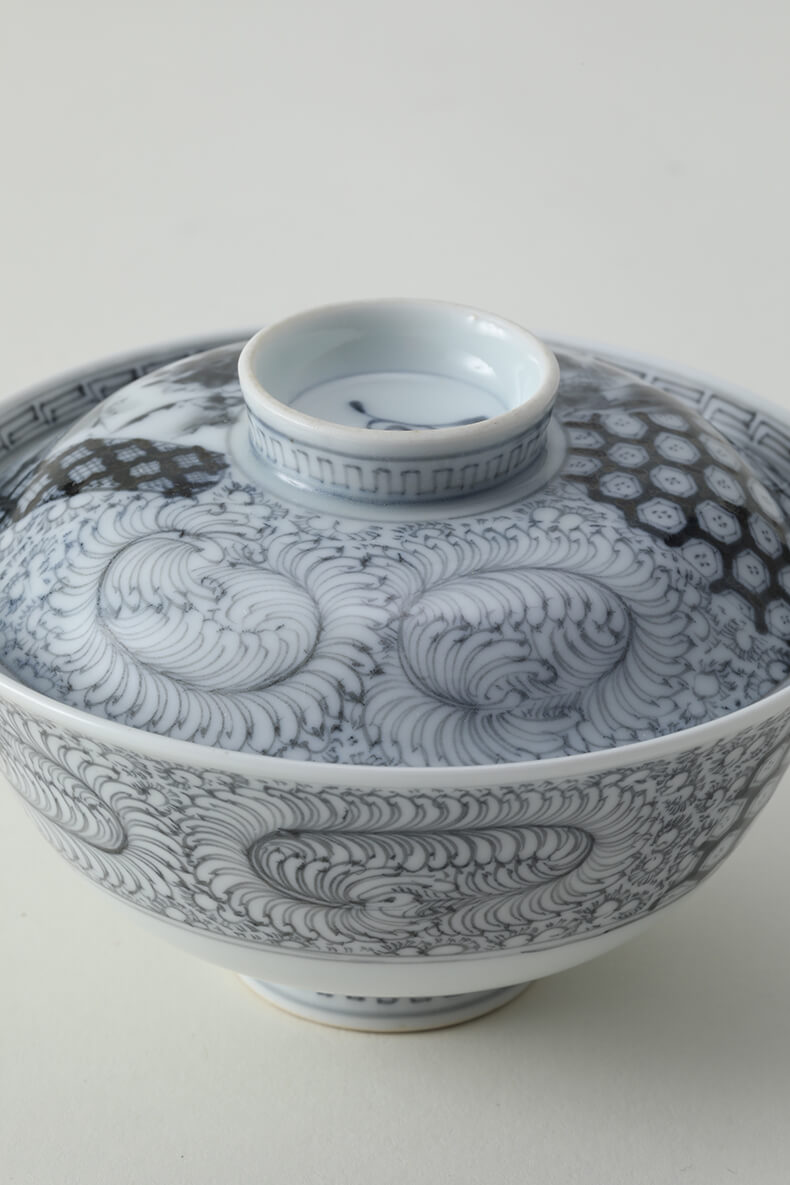
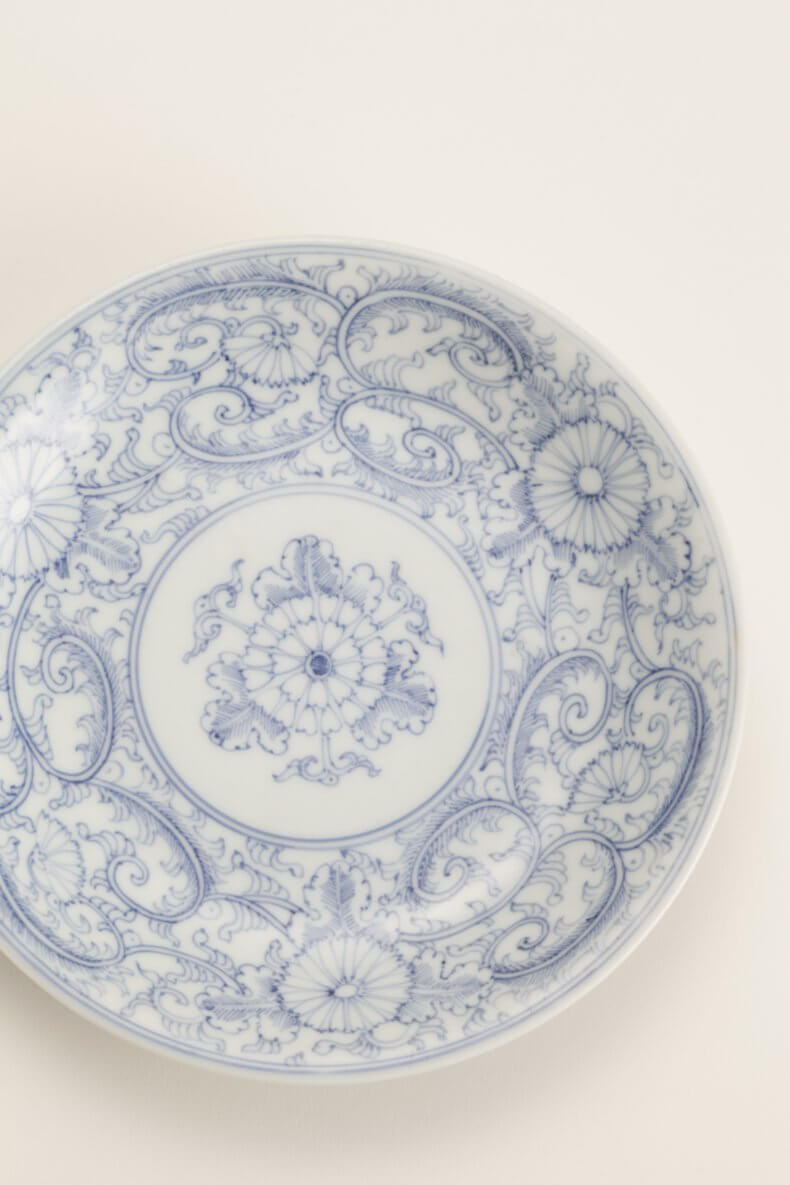
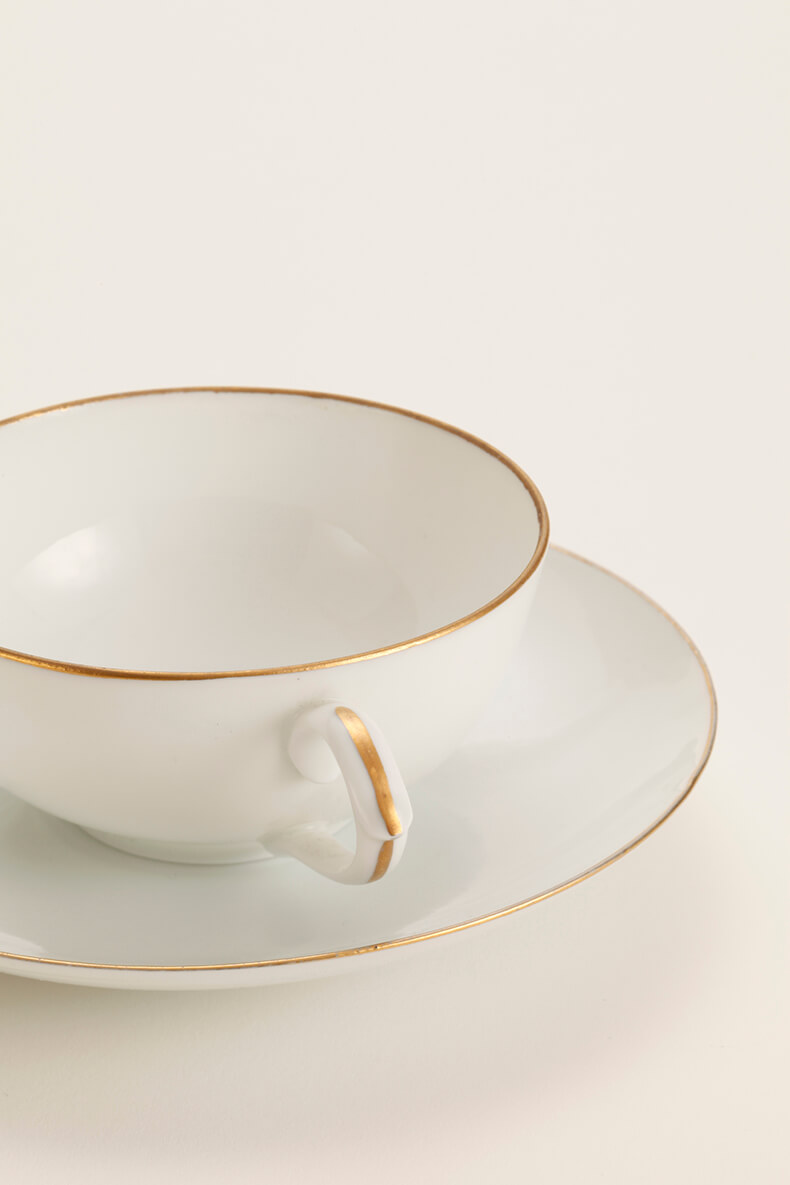
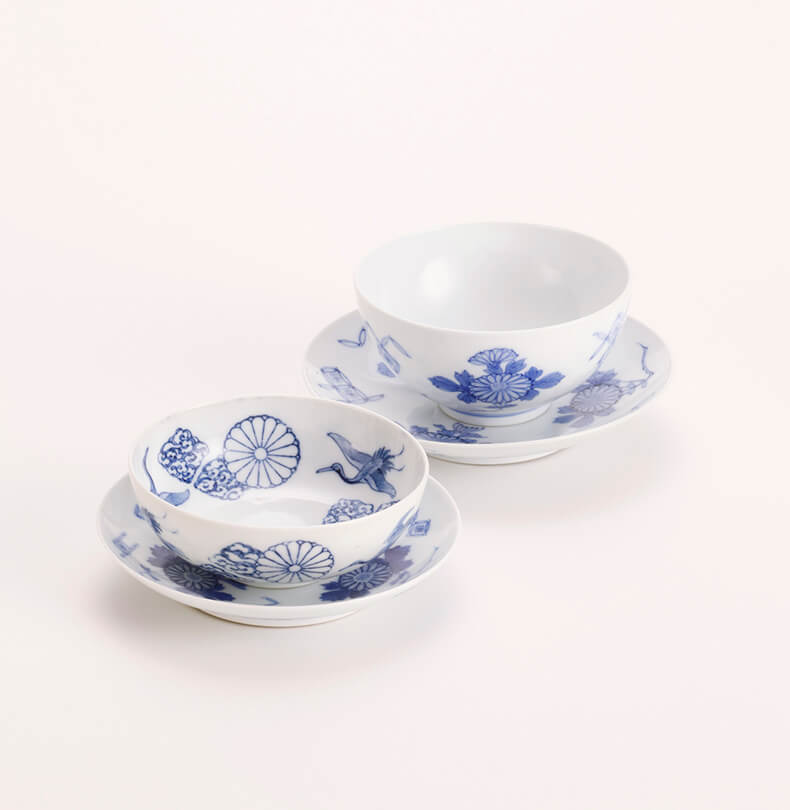
Even with the continued rise of its international reputation and expansion of domestic markets, the ability of Mikawachi ware to sustain its high level of quality began to become doubtful. In response to this situation, the Mikawachi Pottery Training School was established in 1899. In different iterations, this school continued operating until the Showa era.
In the late Meiji and early Showa periods, highly skilled artisans produced large amounts of thin, white coffee cups, coffee pots and other Western tableware for export. For the domestic market, artisans created high-quality vessels covered with delicately lined decoration. Mikawachi grew into one of Japan’s leading pottery producing areas.
After the Second World War, Mikawachi could not keep up with the trend toward mass production, and local industry failed to expand in the same way as other manufacturing regions. As a result, however, traditional production techniques were preserved in Mikawachi and continue to be used to this day.




